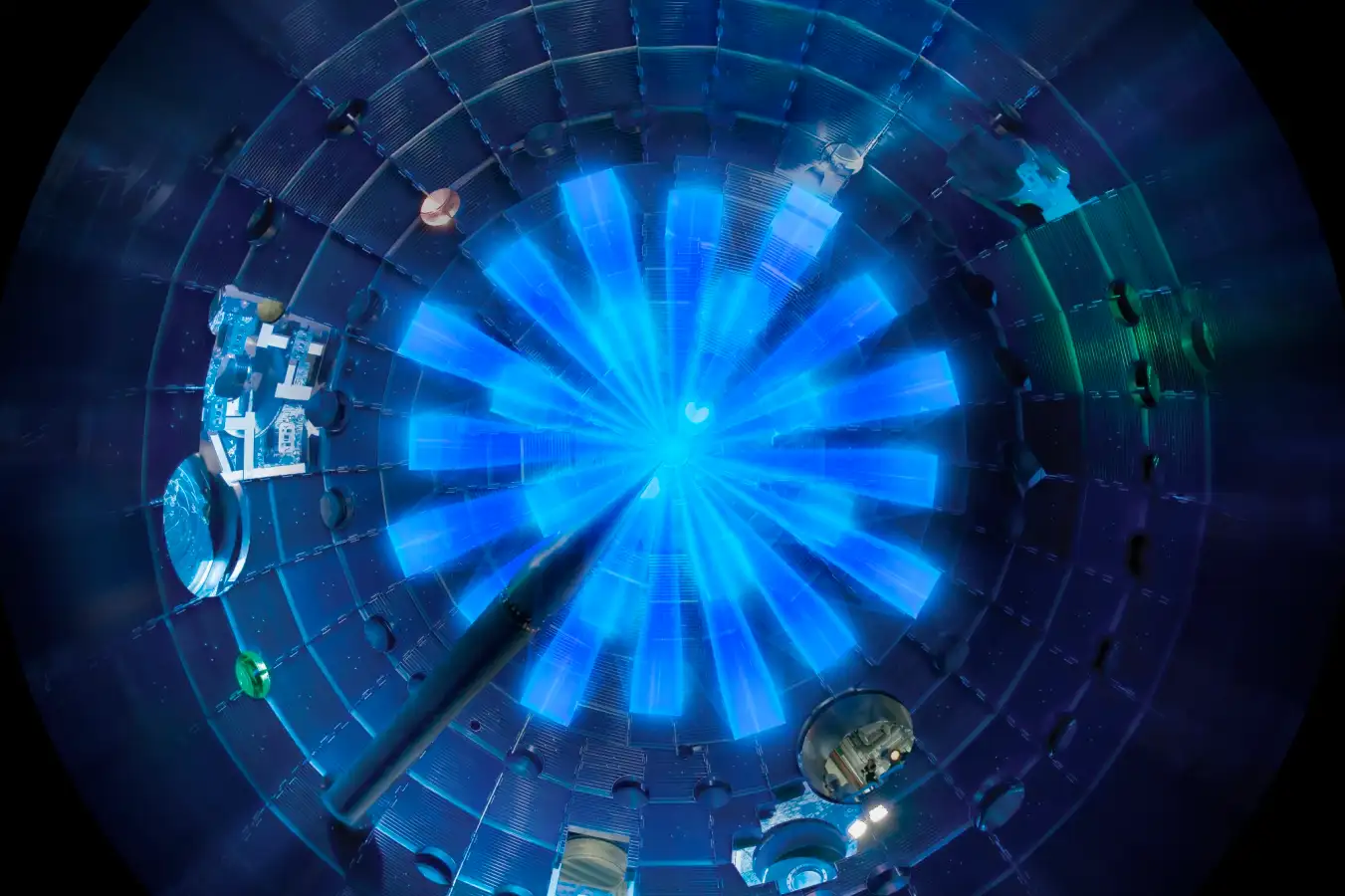
Imagine a future where machines so small they defy the limits of human vision could transform entire industries, medical practices, and environmental solutions. This vision is becoming a reality with the development of nanobots—tiny robots operating on a nanoscale, typically between 1 to 100 nanometers. These microscopic marvels are not only captivating the imaginations of scientists and engineers but are poised to revolutionize numerous fields with their innovative applications. From medicine to electronics, and from environmental cleanup to agriculture, nanobots are set to redefine what is possible in the 21st century and beyond.
Nanobots in Electronics and Computing
The potential of nanobots extends far beyond medical applications, with significant implications for the electronics and computing industries. As devices continue to shrink and demand for more powerful, efficient computing grows, nanobots could play a crucial role in advancing these fields.
In the realm of electronics manufacturing, nanobots could revolutionize the production of microchips and other components. By manipulating individual atoms and molecules, these tiny machines could construct circuits and components with unprecedented precision. This level of control could lead to the development of smaller, more efficient electronic devices with capabilities far beyond what’s currently possible.
Quantum computing, a field that promises to dramatically increase computing power, could also benefit from nanobot technology. Nanobots could be used to create and manipulate qubits, the fundamental units of quantum information. This could potentially overcome some of the current challenges in quantum computing, such as maintaining quantum coherence and reducing error rates.
Nanobots in Energy Production and Storage
The energy sector is another area where nanobots could make significant contributions. In solar energy production, nanobots could be used to construct more efficient photovoltaic cells by precisely arranging molecules to optimize light absorption and energy conversion. This could lead to a dramatic increase in the efficiency of solar panels, making renewable energy more viable and cost-effective.
In the field of energy storage, nanobots could be employed to develop advanced battery technologies. By manipulating materials at the molecular level, they could create battery structures with higher energy density, faster charging capabilities, and longer lifespans. This could have far-reaching implications for electric vehicles, portable electronics, and grid-scale energy storage.
Nanobots could also play a role in nuclear fusion research. By precisely manipulating materials at the atomic level, they could potentially assist in creating more effective containment systems for plasma or in the development of new materials capable of withstanding the extreme conditions present in fusion reactors.
Nanobots in Agriculture and Food Production
Agriculture and food production represent another exciting frontier for nanobot technology. In crop cultivation, nanobots could be used to deliver nutrients and water directly to plant roots with unprecedented precision. This targeted approach could significantly reduce water and fertilizer usage while improving crop yields.
Pest control is another area where nanobots could make a significant impact. Instead of using broad-spectrum pesticides that can harm beneficial insects and the environment, nanobots could be programmed to target specific pests. They could either physically remove the pests or deliver targeted treatments, minimizing collateral damage to the ecosystem.
In food processing and packaging, nanobots could be used to detect contaminants or pathogens with extreme accuracy. They could also be employed in the development of “smart” packaging that actively preserves food freshness or indicates when food has spoiled. This could significantly reduce food waste and improve food safety.
Future Applications
The potential applications of nanobots in electronics, energy, and agriculture demonstrate the wide-ranging impact this technology could have beyond the medical field. From revolutionizing computing and energy production to transforming how we grow and preserve food, nanobots have the potential to address some of our most pressing technological and environmental challenges. As research in these areas continues to advance, we can expect to see innovative solutions that push the boundaries of what’s possible in these industries.

